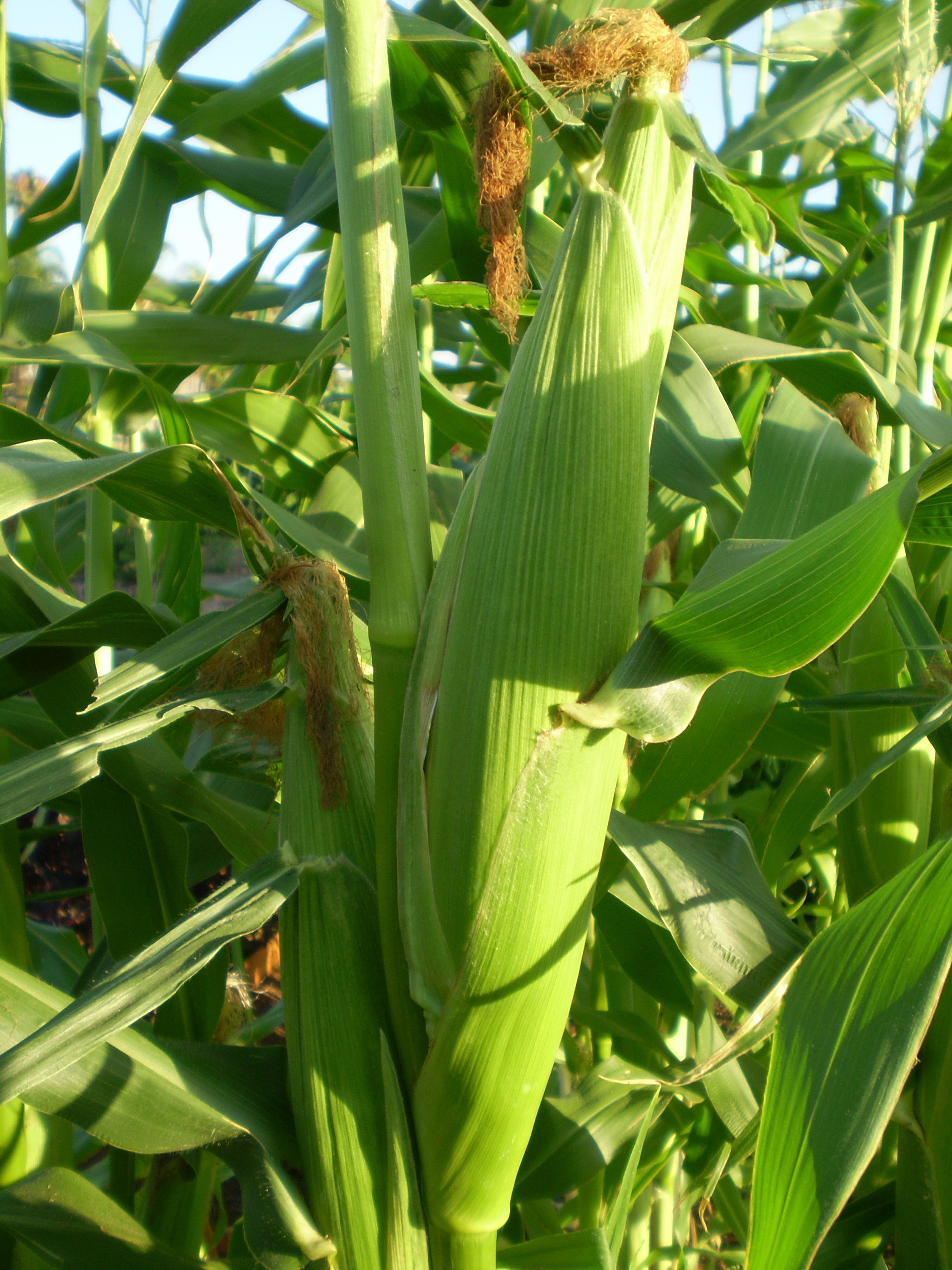 |
| aA microscopic view of staphlyococcus epidermidis. (The picture was taken from this site: http://www.flickr.com/photos/ajc1/2865663672/.) |
Staphlyococcus Epidermidis
This bacteria is one of the many kinds of bacteria that live on the human skin. It is the first line of defense against harmful bacteria. Most of these bacteria live in the hair follicles and go to the outer skin layer after humans wash their hands, but there are some that already live on the outermost skin layer. They also live in the throat's mucous membranes.
 |
| A microscopic view of Lactobacilli in the vagina. (This picture was taken from this site: http://textbookofbacteriology.net/normalflora.html.) |
Lactobacilli
These bacteria are found in the vagina soon after a female child is born. They make the vagina acidic as they make acid from glucose that was stored. They stay there until other bacteria live in the vagina and it is not acidic anymore. But when a female reaches puberty, the vagina is acidic again because a lot of Lactobacilli have inhabited it. The Lactobacilli help protect the vagina from being attacked by other harmful bacteria and microorganisms.
 |
| A microscopic view of the viridans streptococcus in the throat. This picture was taken from this site: http://en.wikipedia.org/wiki/Streptococcus_viridans.) |
Viridans Streptococcus
These bacteria is may be passed on to a baby when it is going through the mother's birth canal. Afterwards, the Viridans streptococcus is the main microbes that inhabit the mouth and the throat. It stay like this for the rest of the person's life. These bacteria are beneficial as they protect the mouth and throat when harmful bacteria or microorganisms try to invade.







